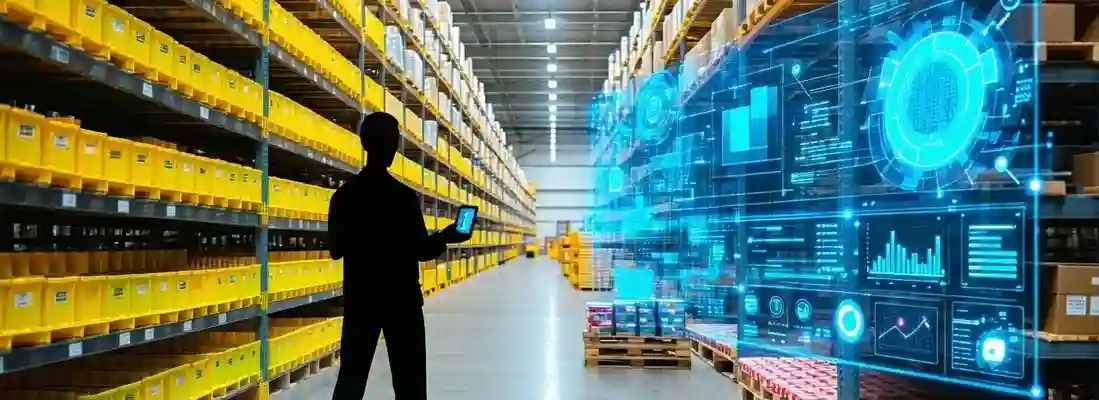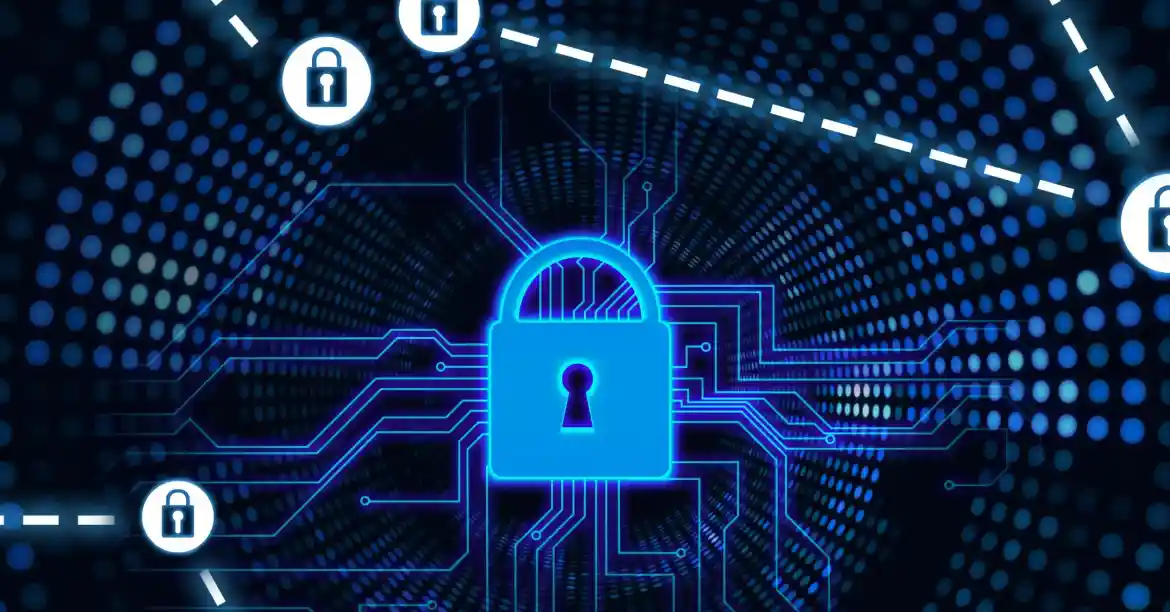Challenges of the cybersecurity industry are as dynamic as the field itself. The cybersecurity landscape is ever-changing as new technologies emerge and transform businesses' measures to secure their networks. Whether it's the Internet of Things (IoT) growing in size and scale or the introduction of 5G technology, businesses across all industries must encourage their IT departments to enhance their cybersecurity infrastructure and provide relevant cybersecurity training to all important decision-makers in the company.
Businesses must secure their assets and ensure that their staff is always ready to respond to a cyber-attack if they want to move forward securely and prevent losses at the hands of cyber-criminals or malicious threat actors. Generally speaking, as time goes on, cybersecurity threats become more complex as malicious actors become smarter. So now is the time to implement preventive measures and guarantee protection against cybercrime.
Below are five challenges that will impact the cybersecurity industry in the latter half of 2021.
1. Adapting to a Remote Workforce
It's no secret that there's been a significant increase in the number of people working remotely. As the pandemic continues to impact communities across the globe, many companies are deciding to adopt hybrid work models if they reopen their offices or are settling for a remote workforce.
Because of a distributed work environment, the cybersecurity risks for remote employees increase in number and scale. Remote employees who use their home networks have a much greater chance of becoming victims of security breaches.
Traditional office settings ensure that in-person employees are protected, but it's challenging to guarantee protection for remote employees. Our remote working checklist is a good place for companies to start when it comes to protecting remote workers and the business itself in a remote environment.
2. Emerging 5G Applications
When 5G was ushered in this past year, many industries were looking to benefit from its uses, whether it's cell phone companies offering it to their customers or manufacturers looking to improve operational efficiency.
5G will increase the speed and responsiveness of wireless communications, and the future is looking bright for the new technology.
However, new technologies come with new risks to address, and cybersecurity professionals need to look for potential threats against these evolved networks.

3. Blockchain and Cryptocurrency Attacks
The world of blockchain and cryptocurrency is growing rapidly and attracting more interest that ever. As crypto transactions are digital, it's only natural that cybersecurity measures need to be taken to protect against instances of identity theft, security breaches, and other potential threats.
The last thing an investor, a crypto exchange or a company dealing with blockchain or cryptocurrency wants is for any information to become compromised. Companies must, therefore, look at seriously investing in their IT infrastructure and protecting themselves in the event of a cybersecurity attack.
4. Internet of Things (IoT) Attacks
For those unaware of the Internet of Things (IoT), it's essentially the interconnection of physical objects using various sensors that communicate with each other. As more data is transmitted between devices, gaps may exist, which leaves room for hackers or other cybercriminals to exploit information.
While connected devices are known for their convenience and intelligence, it's clear that it opens up more opportunities for cybercriminals to take advantage of networks. Companies need to stay ahead of the curve by implementing a stable cybersecurity infrastructure and dedicated IT department as the world becomes increasingly interconnected.
Thankfully, there's legislation in place called the Internet of Things Cybersecurity Act of 2020. The act creates security standards for IoT devices and encompasses other IT issues, putting in place at least some degree of protection for IoT devices and their use. While one act may not be enough, it's certainly a step in the right direction.
5. Phishing Scams
Though more people are becoming digitally literate, phishing is still a threat for cybersecurity professionals globally. For example, the COVID-19 vaccine has sparked an uptick in potential phishing attacks, making it a challenge to look out for in the latter half of 2021.
There have been reports of fake vaccination emails going around, and unfortunately, online users are still falling victim to phishing scams. Companies can protect their employees by implementing access control guidelines, even when they're working from home. Cybersecurity training and awareness also emerges as a critical component when it comes to protecting the business from phishing scams.









